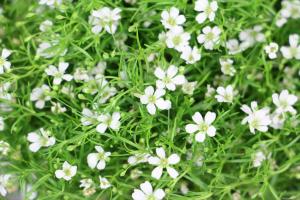Introduction
Water reclamation plants are designed to recycle wastewater for reuse. The process of water reclamation involves many stages and technologies that make it possible to treat and clean wastewater, making it safe for reuse. In this article, we will discuss the different types of wastewater that water reclamation plants recycle.
Municipal Wastewater
One of the most common types of wastewater that water reclamation plants recycle is municipal wastewater. Municipal wastewater is wastewater that is generated from domestic and commercial sources, such as toilets, showers, laundry, and food preparation. The process of treating municipal wastewater involves several stages including screening, primary treatment, secondary treatment, disinfection, and sometimes tertiary treatment. The treatment process removes impurities, sediment, and pathogens, making the water safe for reuse in irrigation, industrial processes, and even drinking water in some cases.
Industrial Wastewater
Industrial wastewater is another type of wastewater that water reclamation plants recycle. Industrial wastewater is generated from manufacturing processes and can contain harmful chemicals, heavy metals, and other pollutants. The treatment process for industrial wastewater involves several stages, including physical, chemical, and biological processes to remove contaminants, making the water safe for reuse in industrial processes.
Agricultural Wastewater
Agricultural wastewater is generated from the irrigation of crops and the cleaning of agricultural equipment. This type of wastewater can contain fertilizers, pesticides, and other agricultural chemicals that can be harmful to the environment if released untreated. Water reclamation plants use several treatment technologies to remove these harmful contaminants, making the water safe for reuse in irrigation and other agricultural processes.
Stormwater
Stormwater is another type of wastewater that can be recycled by water reclamation plants. Stormwater is generated from rainfall and other precipitation events and can contain runoff from streets, parking lots, and other impervious surfaces. The treatment process for stormwater involves several stages, including screening, primary treatment, and disinfection to remove pollutants and debris, making the water safe for reuse in irrigation, industrial processes, and even drinking water in some cases.
Conclusion
Water reclamation plants are essential for recycling wastewater for reuse. Municipal, industrial, agricultural, and stormwater can all be recycled using different treatment technologies and stages. By recycling wastewater, water reclamation plants help to conserve water resources and protect the environment from harmful contaminants.

 how many times do yo...
how many times do yo... how many planted tre...
how many planted tre... how many pine trees ...
how many pine trees ... how many pecan trees...
how many pecan trees... how many plants comp...
how many plants comp... how many plants can ...
how many plants can ... how many plants and ...
how many plants and ... how many pepper plan...
how many pepper plan...
































